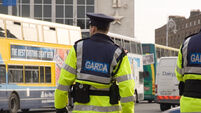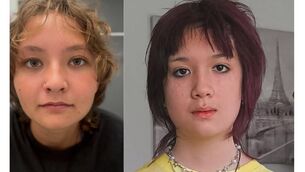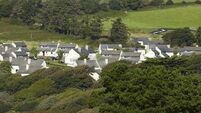HSA claims schools are failing carry out accident risk assessments
In 2008, 97 work-related accidents or illnesses which caused teachers or other education staff to miss at least three days were reported, around a handful of them resulting in absences of six months or more.
But HSA assistant chief executive Mary Dorgan said this figure was hardly credible, given the fact that 150,000 people work in the education sector.
“We look at the sectors where there is very low reporting and ask if anyone is taking responsibility for health and safety,” she told a conference of second level school managers.
The HSA inspected 250 schools and colleges last year but will visit another 400 this year. All workplaces must have a report of areas and equipment which are potential hazards for staff or third parties, such as students in the case of schools.
“Last year, the schools sector was the least good at assessing risk outside the core work areas, such as caretaking, cleaning and canteens. There was a high level of risk awareness, however, among teachers of technology and subjects with specialist equipment,” Ms Dorgan said.
The HSA will soon issue guidelines to schools on preparing safety statements and carrying out risk assessments. It provides detailed lists of potential risks, particularly in classes and labs associated with science, art and technology subjects where electrical and other equipment is used or where chemicals may be stored.
The authority is offering guidance for schools on issues around health and safety for transition year students going to outside employers on work experience.
The annual conference of the Joint Managerial Body (JMB), which represents 392 religious-run secondary schools, also heard the sector still faces challenges catering for students from a diverse range of religious backgrounds.
JMB general secretary Ferdia Kelly said previous difficulties around the wearing of the hijab (Muslim headscarf), for example, have been dealt with as most schools now permit them, with some having rules that they should be in keeping with the colour of the uniform. While all but around 5% of primary schools are controlled by a particular faith, almost half of second level schools are run by or on behalf of the state.
“We still find that, particularly in Dublin and other urban areas, one-third to half of students in some schools are from international backgrounds and most of these are of a different faith to the school itself,” Mr Kelly said.
But, he said, by outlining the values and ethos of the school to these students’ parents, matters are resolved satisfactorily.
This allows schools agree how students are treated during faith formation timetables for fellow students and ensures the school community recognises key events and observances in the faiths of new students.
JMB guidelines for Catholic secondary schools being launched today offer background on all major religions and explores issues ranging from science and fasting to funerals.













